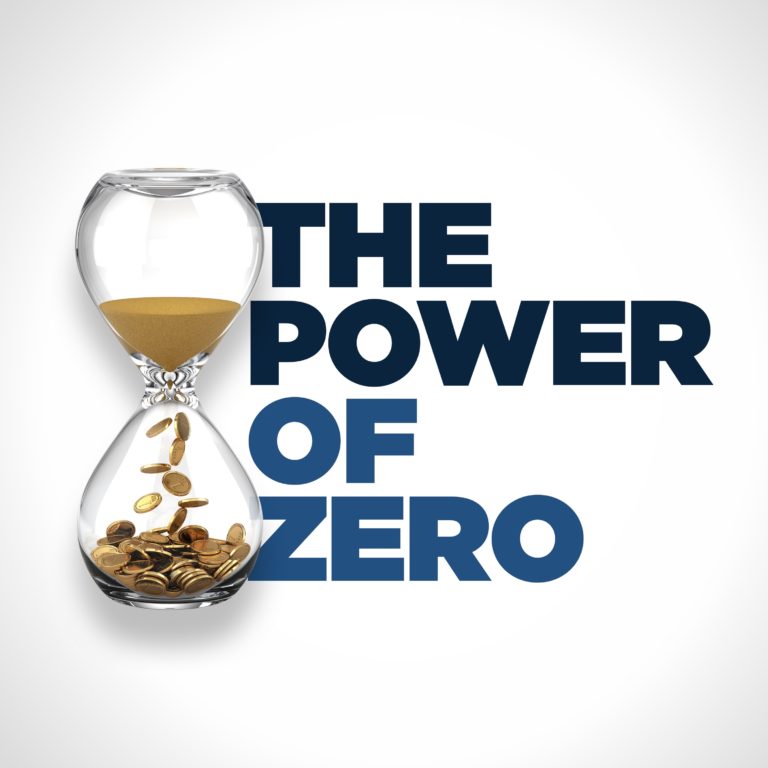Modern Monetary Theory (MMT) is a pernicious threat to the Republic and has become a popular theory among left-leaning economists.
MMT is less an economical theory than it is a political theory. There are politicians in certain quarters that truly believe that MMT will solve all of our economic problems. They believe that the debt doesn’t matter, printing money has no consequences, and if we want something we can borrow or print as much as we need with no adverse effects.
America is already in dire fiscal straits and if we adopt MMT as the prevailing economic policy, it will send the country into a tailspin from which it will probably never recover.
MMT says that as long as a country’s debt is denominated in its own currency, that country can borrow as much as it wants. Such proponents also believe that you can print as much as you want with no inflationary consequences. The idea is that the additional money printing will grow the economy, and that will prevent inflation from taking hold.
The loudest supporters of MMT come from the progressive wing of the Democrat party, which is the basis for such programs as the Green New Deal, Universal Basic Income, and Free College and Healthcare.
The claims of MMT are not only flatly false, they are dangerous.
To understand MMT’s appeal, you have to understand the three basic ways you can eliminate debt. The first is by reducing fiscal deficits by either raising taxes or cutting spending. The second is to grow our way out of the debt. Lastly, you can use central banks to print money.
MMT proponents will often point to Japan as an example. Japan has a 250% debt-to-GDP ratio so it would seem like a good example of MMT working, but Japan has also taken steps to cut spending, raise taxes, and hold interest rates close to zero for decades. If interest rates ever return to historical levels, Japan, like most countries, would be in trouble.
There are certain special qualities that allow the US to continue to borrow at lower rates, the main one being the reserve currency status. Eventually, interest rates will encompass the federal budget of the US government and this could cause a crisis of confidence which could threaten the reserve currency status.
MMT advocates deny the existence of that limit and therefore propose to borrow to infinity.
They also ignore the history of debt and inflation, with Weimar Germany being a salient example of a country trying to print its way out of a debt problem. At the end of 1923, German currency was worthless with $1 US being equivalent to 4,210,500,000,000 German Marks.
Weimar Germany wasn’t the only country to experience hyperinflation. Brazil, Zimbabwe, and Venezuela have experienced extremely high levels of inflation in the recent past, with Zimbabwe’s economy essentially falling apart so completely that the US dollar had to be substituted for their currency.
The real mystery is how MMT has such a following despite not having a foundation in reality. The theory has more in common with a moral ideological movement than it does with economics.
You can’t borrow in perpetuity, because eventually the people loaning you the money will become skeptical of your ability to pay the money back. Interest rates will eventually rise and inflation will follow shortly after.
There are only a few different ways we can solve our problem. We can either cut spending, raise taxes, or some combination of the two. MMT is a dangerous fairy tale that could be more dangerous if it becomes more popular.
Mentioned in this Episode: nationalaffairs.com/publications/detail/the-weakness-of-modern-monetary-theory



